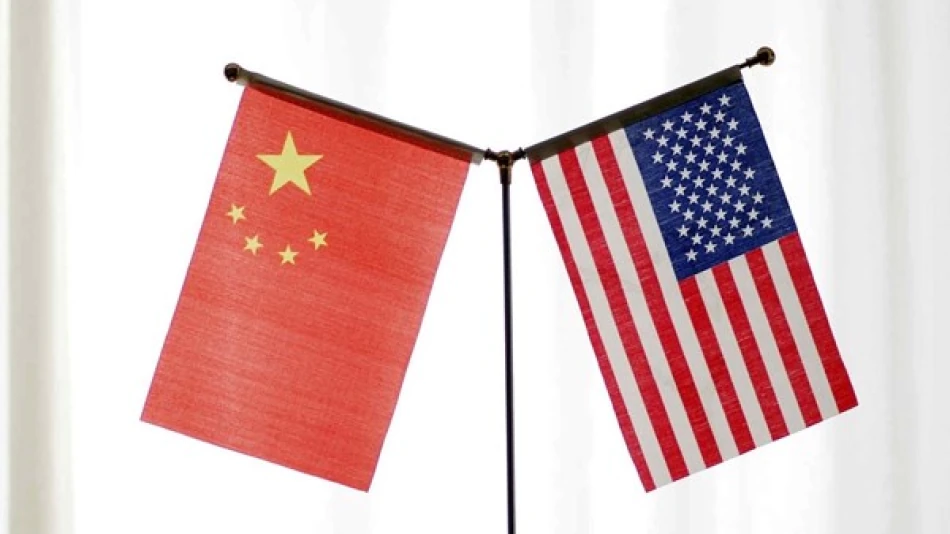
US and China Agree to Extend Trade Truce, Easing Global Economic Tensions
US-China Trade Truce Extended as Stockholm Talks Buy Time Amid Economic Uncertainty
The United States and China have agreed to maintain their current tariff levels following two days of negotiations in Stockholm, signaling a temporary pause in escalating trade tensions between the world's two largest economies. While the agreement prevents immediate deterioration, it leaves fundamental trade disputes unresolved and markets in continued uncertainty about long-term economic relations.
Current Tariff Framework Remains Frozen
Chinese Deputy Prime Minister Li Xingang, who led Beijing's negotiating team, described the discussions as "constructive and frank." The agreement maintains existing tariff rates of 30% on US imports of Chinese products and 10% on American goods exported to China—levels that have already reshaped global supply chains over the past several years.
This tariff structure, while punitive compared to pre-2018 levels, has become the new baseline for trade relations. Companies on both sides have largely adapted their operations around these costs, suggesting that maintaining the status quo may be the most realistic outcome both governments can achieve in the current political climate.
Limited Progress on Structural Issues
The talks addressed what Chinese officials termed "comprehensive and in-depth" discussions on specific economic issues, though no breakthroughs were announced on core structural problems that have defined the trade conflict. These typically include intellectual property protection, technology transfers, and market access—issues that have proven intractable in previous negotiating rounds.
The agreement to continue "timely communication" on trade and economic matters suggests both sides recognize the need for ongoing dialogue, even if substantial policy changes remain elusive.
Market and Investor Implications
For global markets, the Stockholm agreement represents stability rather than resolution. Investors have largely priced in current tariff levels, and the absence of escalation removes immediate downside risk for multinational corporations operating across both markets.
Supply chain managers can continue operating under existing frameworks without immediate restructuring needs, while commodity traders face continued distortions in agricultural and raw material flows between the two economies.
Strategic Context and Historical Precedent
This extension follows a pattern established since 2020, where both governments have opted for tactical pauses rather than comprehensive trade deals. Unlike the ambitious "Phase One" agreement that preceded the pandemic, current negotiations appear focused on damage control rather than relationship transformation.
The choice of Stockholm as a neutral venue mirrors diplomatic practices during previous US-China tensions, including Cold War-era negotiations. Sweden's role as an intermediary reflects both countries' desire to maintain dialogue while avoiding the domestic political costs of appearing too accommodating.
Looking Ahead: Managed Competition
The Stockholm talks suggest both governments are settling into a framework of managed economic competition rather than pursuing either full decoupling or comprehensive reconciliation. This approach allows both sides to maintain domestic political positioning while preventing economically destructive escalation.
For global businesses, this creates a predictable but suboptimal environment—higher costs than free trade would allow, but stable enough for long-term planning. The real question becomes whether this equilibrium can survive potential changes in political leadership or economic conditions in either country.
 Layla Al Mansoori
Layla Al Mansoori







